sharp drainage- how to create it (do you agree?)
arbo_retum
13 years ago
Featured Answer
Sort by:Oldest
Comments (24)
gardenweed_z6a
13 years agoMarie Tulin
13 years agoRelated Discussions
How to create drainage in a raised wooden planter?
Comments (2)I think I would make a hole at one of the legs, the one closes to the edge of the deck, using a plastic tubing, which I would cement into the PVC liner. This tubing I would conceal as best I could, along the leg to the deck and over the side. I would cut a piece of landscape fabric to fit the bottom of the PVC liner to prevent the mix from from plugging the drain tubing. Al...See MoreI don't think I agree with him entirely.....do you?
Comments (19)1. "Whatever is worth growing at all is worth growing well. True. Growing well and growing perfectly are not synonymous. We aim for excellence, not perfection. I've removed many a rose that makes me look bad. 2. Study soil and exposure, and cultivate no more space than can be maintained in perfect order. Trans.: Don't bite off more than you can chew. See #1 on perfection. 3. Plant thickly; it is easier and more profitable to raise flowers than weeds. They didn't mulch. They applied manure in winter. The advice, brought up to date, is good. Open soil is an invitation to weeds. 4. Avoid stiffness and exact balancing; garden vases and garden flowers need not necessarily be used in pairs. True. 5. A flower is essentially feminine and demands attention as the price of its smiles. Nah. You can plant fussy plants or easy plants. Fussy plants are worth the trouble to some gardeners. Personally, I think it gets old. 6. Let there be harmony and beauty of colour. Magenta in any form is a discord that should never jar. Some like harmony, others like contrast. I like harmony, tho I don't have any issues with magenta in our bright sun. It's a problem for 5 minutes. 7. In studying colour objects, do not overlook white as a foil; white is the lens of the garden's eye. I suppose this works for some. White paint is a black hole for the gardener's time. I prefer natural wood. 8. Think twice and then still think before placing a tree, shrub, or plant in position. Think thrice before removing a specimen tree. Absolutely true. Know your plants. Trees add lots of value to homes unless they are 50 feet tall and within 20 feet of the house, in which case they are a big liability. Anyone priced tree removal of a 40 foot tree next to a house. 9. Grow an abundance of flowers for cutting; the bees and butterflies are not entitled to all the spoils. A matter of personal preference. I don't keep house plants, either. Keep on good terms with your neighbour; you may wish a large garden favour of him, some day. Always good advice. Love a flower in advance and plant something every year. Not a problem. Perennials by definition do no live very long. If they are long-lived, they are called shrubs. Show me a well-ordered garden and I will show you a genial home." A well-maintained garden is inviting. True enough....See MoreHow do you 'create' intimacy?
Comments (7)I tend to get a caught up in all the details and chores that need to get done around the house after work, and I sometimes foget to make time for intimacy (bad girl, I know). Two things my hubby does that helps get me back on track: 1. He says something like, "Do you want to cuddle/listen to music/take a break?" Usually I'm frazzled and start listing off the many things I need to get finished before the day is over. He then helps me finish the chores and says, "There! Let's relax!" 2. Sometimes he'll just grab me by the hands and lead me to the bedroom---but in a nice way (not in a demanding/demeaning way). Once again this is usually for a cuddle and some quality conversation, but sex can follow. He reminds me that being a workhorse is not my only value in life. Honestly I think what helps the most is the fact that we both agree sex is not a god given right, but something that we are priviledged to share. I would feel "put off" if I had to stop in the middle of my chores and give him sex right then and there. Because I know this is not his expectation, it makes it easier to get in the mood. I also can't stress to men the importance of ...ahem....foreplay (both mental AND physical). Don't expect your women to be turned on by saying, "do you want to do it?"----you need to *help* your lady get in the mood! Sometimes that takes more work than men would really like to put in, but it will make her look FORWARD to intimacy with you (instead of it just being another chore on her list)....See MoreDo you agree?? Black Friday
Comments (34)This is what I was talking about, not intended for those that love the joy of Black Friday shopping. Even if there are occasional instances, it sheds a bad light. I have no complaint against Black Friday, just what happens some times and this is one of the ones: -- A woman suspected of showering Black Friday shoppers with pepper spray surrendered to authorities but was released pending further investigation after she refused to discuss the incident, police said Saturday. The woman, whose name was not released, is suspected of firing pepper spray into a crowd in order to clear a path to a crate of Xbox video game players that were being unwrapped late Thanksgiving night at a Walmart in the upscale Porter Ranch section of the San Fernando Valley. The suspect got away in the confusion, and it was not known if she bought one of the Xboxes. Ten people suffered minor injuries from the spray and 10 others sustained cuts and bruises in the ensuing chaos. "Last night at 8:30 the suspect involved in the pepper spray incident at the Porter Ranch Walmart turned herself in," police Sgt. Jose Valle said Saturday. She immediately invoked her right against self-incrimination, however, and refused to discuss the incident further. Police released her pending further investigation. Valle said investigators still have nearly a dozen witnesses to interview, including several spraying victims. He added it would likely be at least two days before an arrest in the case could be made. If the woman who surrendered is indeed the person who sprayed the crowd she could face battery charges....See Morearbo_retum
13 years agorhizo_1 (North AL) zone 7
13 years agocalistoga_al ca 15 usda 9
13 years agoa2zmom_Z6_NJ
13 years agomad_gallica (z5 Eastern NY)
13 years agoa2zmom_Z6_NJ
13 years agoken_adrian Adrian MI cold Z5
13 years agoarbo_retum
13 years agoPamchesbay
13 years agoarbo_retum
13 years agoleslie197
13 years agoarbo_retum
13 years agoPamchesbay
13 years agoa2zmom_Z6_NJ
13 years agoarbo_retum
13 years agoocelaris
13 years agodsb22
13 years agoarbo_retum
13 years agoa2zmom_Z6_NJ
13 years agodsb22
13 years agoarbo_retum
13 years ago
Related Stories
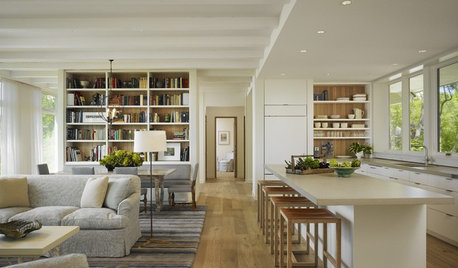
REMODELING GUIDESCreate a Master Plan for a Cohesive Home
Ensure that individual projects work together for a home that looks intentional and beautiful. Here's how
Full Story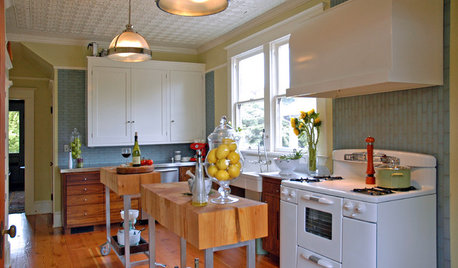
VINTAGE STYLEKitchen of the Week: Preservation Instincts Create Vintage Modern Style
Original features in this 1908 kitchen join new custom accents for a look that bridges the years
Full Story
LANDSCAPE DESIGNThe 7 Best Plant Types for Creating Privacy and How to Use Them
Follow these tips for using different kinds of plants as living privacy screens
Full Story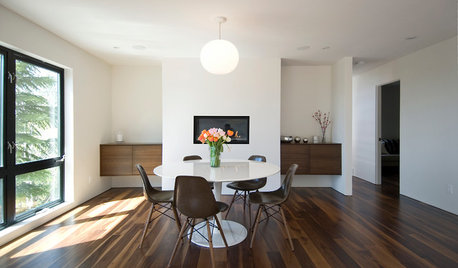
DECORATING GUIDESHow to Create Better Flow in Your Home
Learn how much room to allow for furniture, and tricks you can use to make the most of a tight space
Full Story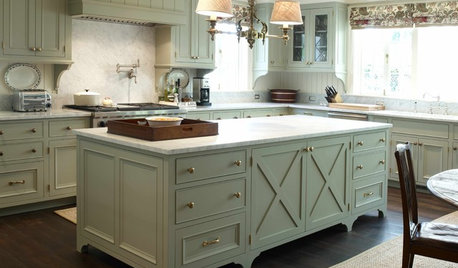
KITCHEN CABINETS8 Cabinetry Details to Create Custom Kitchen Style
Take a basic kitchen up a notch with decorative add-ons that give cabinets a high-end look
Full Story
CONTAINER GARDENS3 Steps to Creating Quick, Easy and Colorful Succulent Containers
Take a bright container, add a colorful succulent or two and have a professional, summery design in minutes
Full Story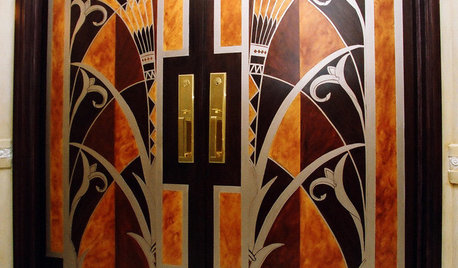
ARCHITECTUREArt Deco Elements Create a Contemporary Flap
The rich colors and angled forms of this retro style are still jazzing up interior designs in all manner of homes today
Full Story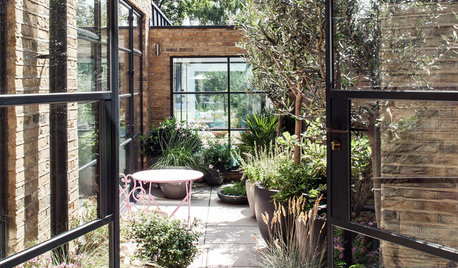
GARDENING GUIDES10 Ideas for Creating an Inviting Courtyard
Design an amazing patio garden for your home with these professional touches
Full Story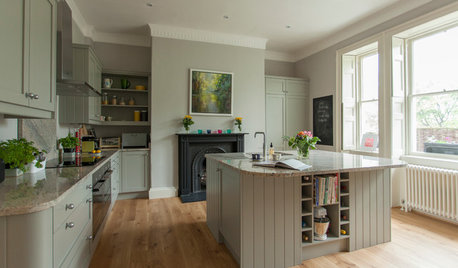
KITCHEN DESIGNSoft Hues Create a Calm Mood in a Historic Kitchen
Mellow colors, curved edges and quality materials help this kitchen in a Georgian townhouse feel relaxed while functioning beautifully
Full Story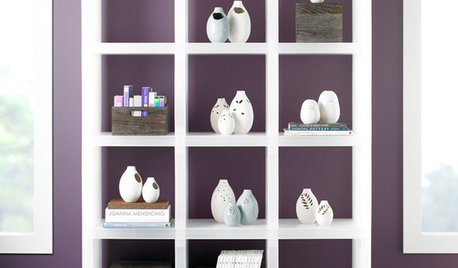
PRODUCT PICKSGuest Picks: Creating Space In a Small Apartment
Brandi of Not Your Average Ordinary Finds Storage Solutions for Tiny Homes
Full Story



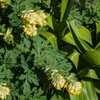
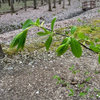

arbo_retumOriginal Author